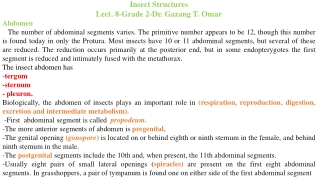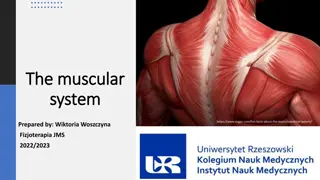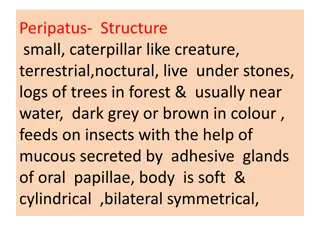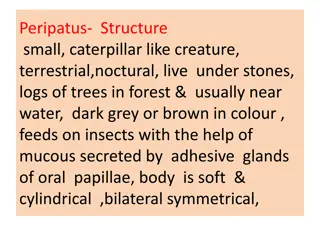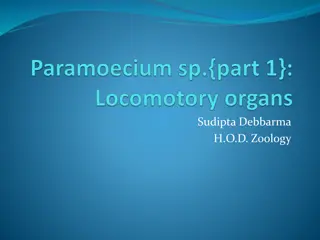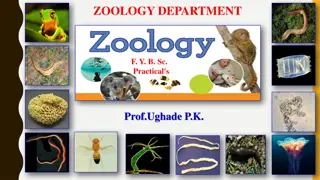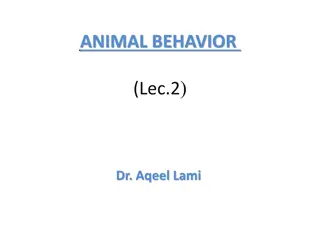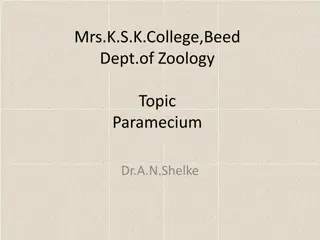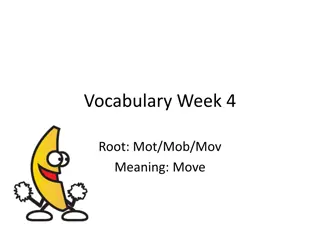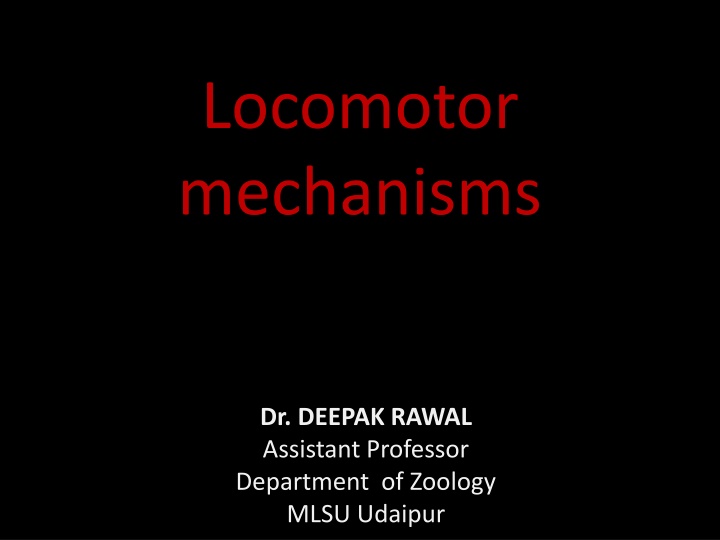
Insight into Locomotor Mechanisms in Living Organisms
Explore the fascinating realm of locomotor mechanisms in organisms, essential for survival through feeding, breeding, and adapting to environmental conditions. Discover various forms of locomotion, from amoeboid to ciliary and flagellar, each with unique structures and functions. Uncover the intricate processes that enable movement and exploration in the natural world.
Download Presentation

Please find below an Image/Link to download the presentation.
The content on the website is provided AS IS for your information and personal use only. It may not be sold, licensed, or shared on other websites without obtaining consent from the author. If you encounter any issues during the download, it is possible that the publisher has removed the file from their server.
You are allowed to download the files provided on this website for personal or commercial use, subject to the condition that they are used lawfully. All files are the property of their respective owners.
The content on the website is provided AS IS for your information and personal use only. It may not be sold, licensed, or shared on other websites without obtaining consent from the author.
E N D
Presentation Transcript
Locomotor mechanisms Dr. DEEPAK RAWAL Assistant Professor Department of Zoology MLSU Udaipur
Locomotion Locomotion: change of space and position for feeding, breeding and survival. Survival includes: Excretion Respiration Avoid adverse climatic conditions Reduce competition Find suitable habitat and niche Reduce dependency on genes
Amoeboid locomotion Phylum Protozoa Sarcodina (eg. Amoeba) Locomotion by pseudopodia/lobopodia Mastigophora (eg. Euglena) Locomotion by flagella Ciliata (eg. Paramecium) Locomotion by cilia Sporozoa (eg. Plasmodium) parasitic Suctoria (eg. Ephelota) Locomotion by tentacles (filopodia/rhizopodia/reticulopodia/actinopodia/axopodia)
Amoeboid locomotion By Pseudopodia/lobopodia Average speed= 1-3 micron per sec Sol-gel theory/change of viscosity theory
Flagellar locomotion By sliding tubules/filaments with the help of ATPs. speed= 15-300 micron per sec require liquid medium Undulation paddling gyration
Ciliary locomotion By sliding tubules/filaments with the help of ATPs. speed= 400-2000 micron per sec require liquid medium Bodies of all cilia are linked by kinetodesmata. Spiral movement in anti clockwise direction. metachronal rhythm (in longitudianl rows from tail to head) Synchronal rhythm (in transverse rows)
Ultrastructure (EM) of cilia and flagella

